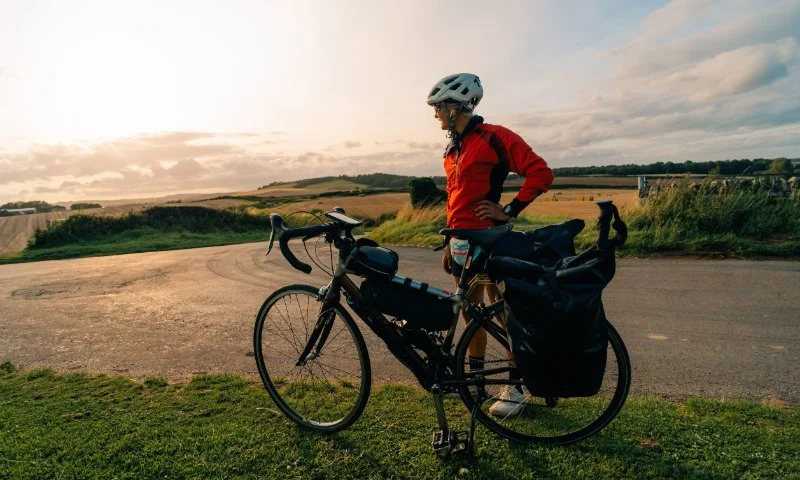
- why-riding-across-the-country-is-more-than-a-trip
- planning-your-cross-country-cycling-adventure
- gear-up-smart-what-you-really-need
- navigating-the-journey-safely-and-efficiently
- real-riders-real-stories-across-america
- where-to-find-trusted-cycling-resources-and-tools
1. Why Riding Across the Country Is More Than a Trip
Learning how to ride across the country isn’t just about distance—it’s about transformation. It’s waking up to new landscapes every morning, meeting strangers who become friends, and discovering how strong your body and mind really are. This isn’t a vacation. It’s a lifestyle reset.
Many long-distance cyclists describe their cross-country ride as one of the most challenging yet rewarding things they’ve ever done. From coastal highways to mountain switchbacks, the U.S. offers some of the most diverse and scenic terrain for cyclists worldwide. But riding across the country demands more than just a bike—it requires commitment, planning, and a whole lot of grit.
2. Planning Your Cross-Country Cycling Adventure
2.1 Define Your Route and Timeframe
One of the first decisions you'll make is where to start and end. Popular routes include the TransAmerica Trail, Southern Tier, or the Northern Tier—all with varying degrees of difficulty and scenery. Depending on your pace, weather, and stops, a full ride across the country typically takes 2 to 3 months.
2.2 Budgeting for the Road
While it’s cheaper than many other adventures, expenses add up. Consider food, lodging (whether you camp or use motels), bike maintenance, and emergencies. Many riders budget $20–$50 a day, but this varies depending on lifestyle. Apps and communities like Warm Showers can provide free lodging options through a network of generous hosts.
2.3 Training for Endurance, Not Speed
You don’t need to be an elite athlete to ride across the country, but you should build up endurance. Begin training at least 3 months before departure, gradually increasing daily mileage. Learn to ride in different weather conditions and on uneven terrain. Training your legs is just one part—mentally preparing for long solo days is just as important.
3. Gear Up Smart: What You Really Need
3.1 Choosing the Right Bike
A good touring bike or gravel bike can make or break your journey. Look for something with a comfortable geometry for long distances, plenty of mounting points for gear, and durable tires. At Cycling Guider, you can compare tried-and-tested bikes suited for long-haul rides with real user reviews and expert input.
3.2 Must-Have Accessories
Reliable panniers or bikepacking bags, multi-tools, lights, GPS devices, and hydration packs are essential. Also consider backup tubes, patch kits, and chain lube. Invest in comfort: padded cycling shorts, a breathable helmet, and proper shoes go a long way in keeping you healthy and happy on the road.
3.3 Minimalism with Purpose
When it comes to packing, less is more. Focus on dual-purpose items, avoid unnecessary electronics, and weigh everything. Remember: every extra pound matters when you’re climbing hills in 95-degree heat. Trust what experienced riders use, not just flashy gear lists online.
4. Navigating the Journey Safely and Efficiently
4.1 Understand the Weather and Terrain
Start in spring or early fall to avoid extreme heat or cold. Plan rest days and buffer time for bad weather. Know which stretches are isolated, where food and water are scarce, and when to expect high elevation gains.
4.2 Safety Comes First
Always wear reflective gear and use front and rear lights—even in daylight. Ride with traffic, obey local laws, and communicate your plans with someone back home. Consider carrying a small emergency beacon or tracker, especially for remote areas.
4.3 Know When to Push and When to Pause
Not every day will feel like progress—and that’s okay. Listen to your body. Fatigue leads to injury and poor decision-making. The road will still be there tomorrow. This mindset is key to finishing strong rather than burning out halfway.
5. Real Riders, Real Stories Across America
Take Rachel, a high school teacher from Oregon who cycled from Astoria to Yorktown in 2022. “I cried the first week—sore, sunburned, and overwhelmed. But by week three, it felt like freedom. Every state line felt like a victory. I came back a different person,” she shared in an interview.
Or James, a retired firefighter who took the Southern Tier route with his dog in a trailer. “People thought I was crazy, but it was the best decision I’ve made post-retirement. Strangers would stop and offer food or stories. America is more kind than we give it credit for.”
These aren’t superhumans. They’re just regular people who said yes to the road.
6. Where to Find Trusted Cycling Resources and Tools
If you're ready to plan how to ride across the country, don’t go it alone. At Cycling Guider, we offer road-tested gear reviews, community forums, packing checklists, and route recommendations. Our guides are created by cyclists who’ve been there—people who understand the pain of the third flat tire and the joy of your first sunrise on the saddle.
From gear consultations to finding bike-friendly stops along your journey, Cycling Guider is more than a marketplace—it’s a community built for adventure. Whatever your experience level, you’ll find tools to make your cross-country ride smoother, safer, and more meaningful.

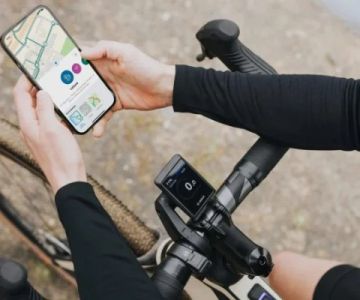




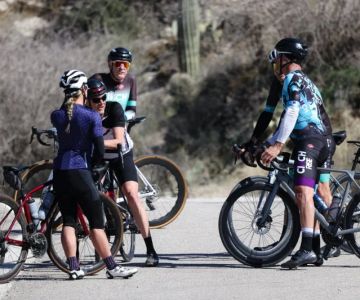
 Billet BMX5.0 (2 reviews)
Billet BMX5.0 (2 reviews)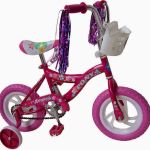 Far East Children Bicycle Factory1.0 (1 reviews)
Far East Children Bicycle Factory1.0 (1 reviews) Archer Motorsports, Inc.4.0 (8 reviews)
Archer Motorsports, Inc.4.0 (8 reviews) YEP Bike Works4.0 (55 reviews)
YEP Bike Works4.0 (55 reviews) Gorham Bike & Ski4.0 (498 reviews)
Gorham Bike & Ski4.0 (498 reviews) Alchemy Bikes4.0 (37 reviews)
Alchemy Bikes4.0 (37 reviews) How to Teach Kids to Ride a Bike: A Step-by-Step Guide for Parents
How to Teach Kids to Ride a Bike: A Step-by-Step Guide for Parents Tips for Riding on Busy City Streets: Smart Strategies for Urban Cyclists
Tips for Riding on Busy City Streets: Smart Strategies for Urban Cyclists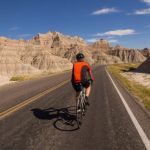 Best US National Parks for Mountain Biking: Ride Epic Trails Across America
Best US National Parks for Mountain Biking: Ride Epic Trails Across America Best Aero Helmets for Time Trials and Racing
Best Aero Helmets for Time Trials and Racing How to Clean and Lubricate Your Bike Chain Like a Pro
How to Clean and Lubricate Your Bike Chain Like a Pro 10 Must-Have Items for Long-Distance Cycling Trips
10 Must-Have Items for Long-Distance Cycling Trips